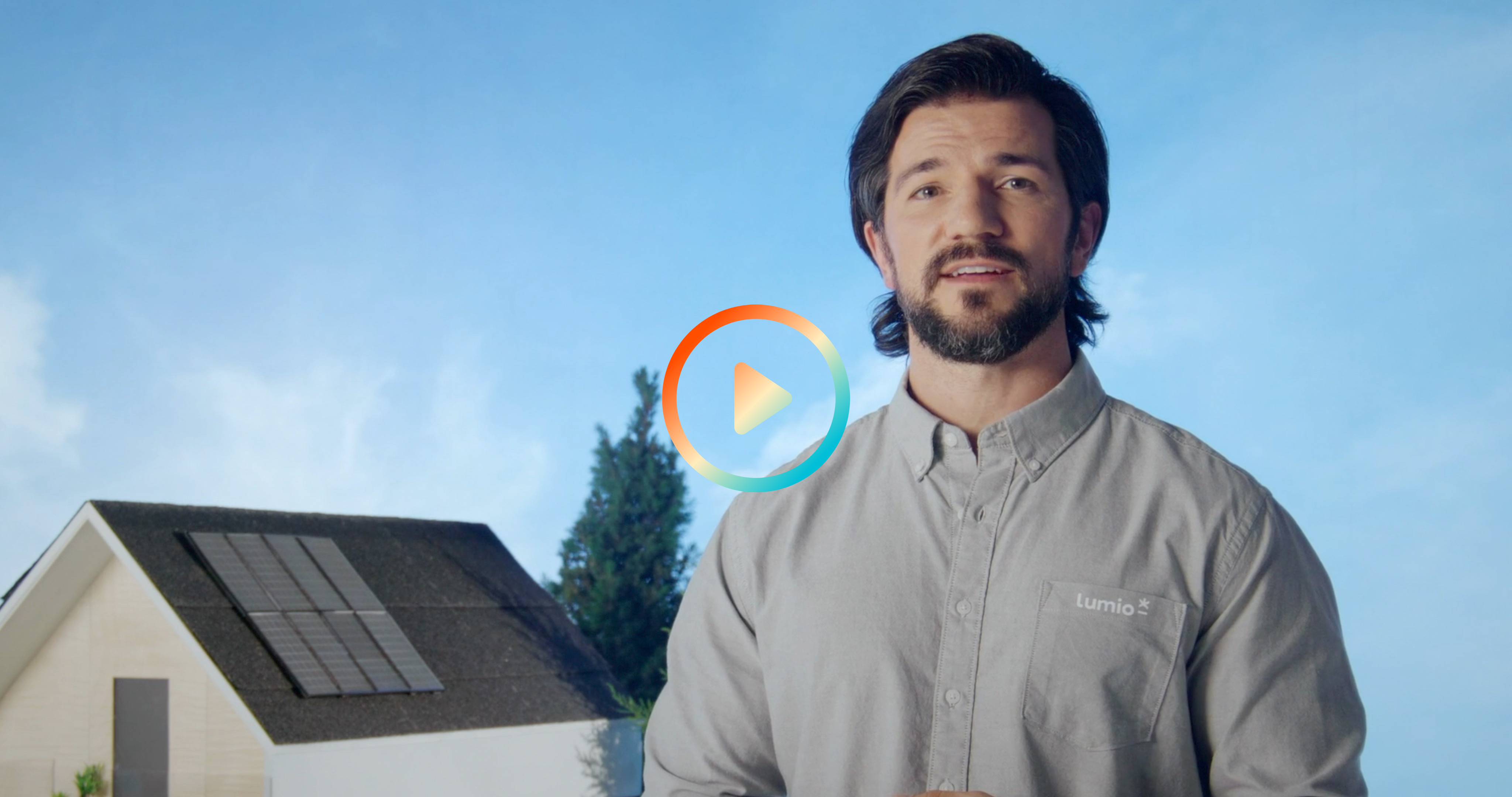Roof Conditions and Solar
Roof in rough shape? We can help. Including roof work as part of your switch to solar could save you tens of thousands.

by Kevin Wallace
5 min read - Published on 05/10/2022
Solar panels last a long time.
It's completely reasonable to expect an array of solar panels installed today to still be cranking out pure, clean energy 30 or even 40 years from now. Depending on where you live, an average 3-tab asphalt shingle roof might last 15 years? Maybe 20 if you're lucky and live in a mild climate?
Installing beautiful solar panels on a roof that is on its last legs is not a bright idea, but did you know that if you need a new roof in order to switch to solar the cost of that roof can be added into your 26% solar project tax credit?
That starts to add up pretty quick. We're talking potentially thousands of dollars left out in the rain.
Solar Installation During Construction
In a perfect (hopefully future) world, all solar installations would be done during the construction phase of the home. Installing solar as part of a home build makes a ton of sense. The design would happen as the home plans are drawn up by the architect, and there wouldn't be any additional steps for permitting outside of the normal home builder process. The wiring and inverters would have their rightful spot in the design and nothing would feel out of place.
Over the next 20 years we will start to see mandated solar on all new home construction projects across a few states, and that will make life easier for many people.
But until then, we need to factor in the age of your roof as we start down this path. If your roof is starting to show its age then it might be worth considering updating your roof as part of your solar project.
How To Determine The Condition Of A Roof
Most roofs come with a warranty for a set period of time after installation. If you are out of that covered timeframe, (if deemed necessary) proactively updating your roof situation makes perfect sense.
Somewhere stuck in the middle and unsure? We'd be happy to offer a professional opinion. As part of our due diligence before the design phase even begins we'll have an experienced technician come out to your house to conduct what is generally called a "site survey." During the survey, we'll gather pictures of the power breaker box, the inside of your roof trusses, and we'll fly a drone overhead to get a crystal clear picture of the condition of your roof and mark any obstacles or shading challenges.
We've done this thousands of times. Our site surveyors know exactly what to look for, and our design team works as a second set of eyes on every roof decision. As we examine the Lidar imagery and start to calculate potential offset numbers we'll closely examine every square inch of your rooftop. If there are any concerns at all we'll make sure to make you aware before anything moves forward.

Uncle Sam Wants to Help Cover Your New Roof Cost
We're definitely not tax advisors. That being said, as part of the Solar Investment Tax Credit, if you need a new roof in order to facilitate the installation of a new solar energy system the cost of your new roof can be included into your total system cost when you file your taxes.
If you complete your installation before the end of 2022, you could get 26% of the cost of a new roof back in the form of a non-refundable tax credit.
Not quite as cool as a check, but a credit against your tax liability for a good chunk of the cost of a new roof is a pretty big deal. The average cost of a new roof is around $10,000. 26% of that is a good chunk of change.
Have Your Cake and Eat it too
If it makes sense for you, those beautiful new black monocrystalline panels deserve a nice foundation to rest on. Rolling the cost of your roofing job into your solar project makes perfect sense from a tax perspective, too!
Give us a call and we'll be happy to get started on your completely custom solar design. New roof optional!

